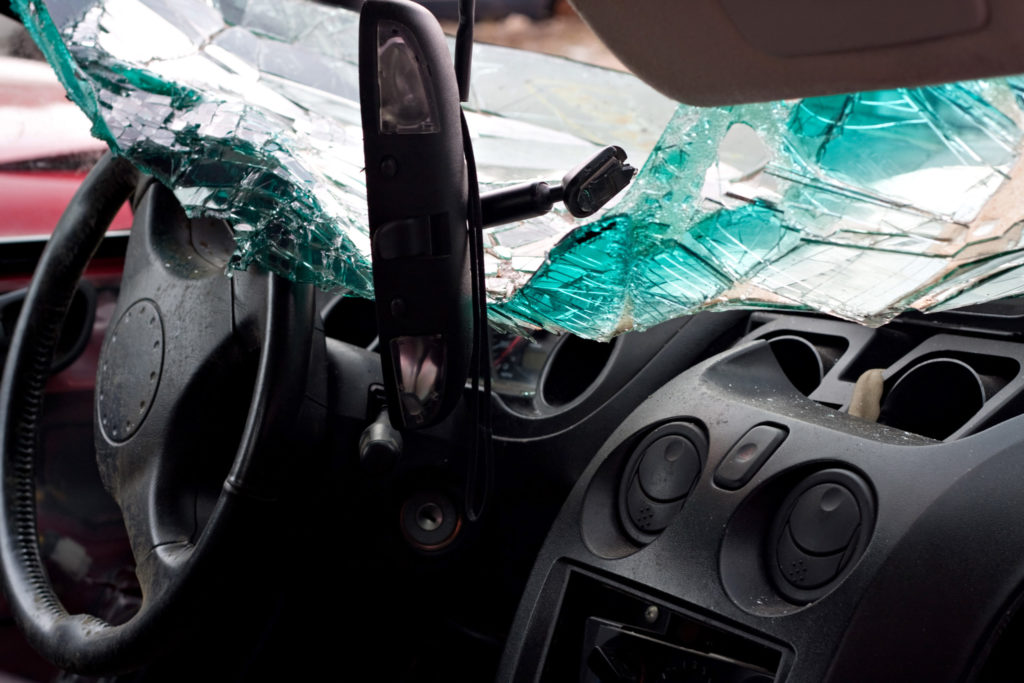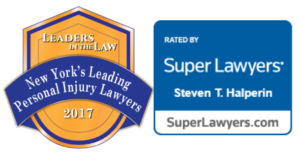When a loved one is killed in an auto accident, the next weeks and months can be a grief-stricken blur for the surviving family members. You may feel lost and unsure of how to proceed. However, if another person’s negligent or reckless behavior contributed to this accident, you may be able to fight for your loved one’s rights even after their death by filing a wrongful death lawsuit against the responsible party (or parties). Learn more about what you’ll need to do to navigate a claim under New York’s wrongful death laws.
How is Wrongful Death Defined Under New York Law?
New York State statutes define wrongful death as a death resulting from an individual’s negligence, recklessness, or intentionally wrongful act. The defendant may be held responsible for financial damages ranging from lost wages and lost future earnings to the funeral and medical expenses to loss of love and companionship.
Not all auto fatalities can give rise to a wrongful death claim, however. Some accidents are truly accidents, with neither motorist able to prevent colliding with another vehicle or object. Generally, to establish wrongful death under New York law, you will need to prove that the defendant engaged in one or more of the following negligent or reckless acts:
- Driving while intoxicated or under the influence of illicit drugs;
- Driving while under the influence of legal drugs, if the driver knew or should have known that their attention was impaired;
- Failing to yield;
- Driving recklessly (such as speeding, running a stop sign, or racing);
- Driving while distracted; or
- Driving with improperly-loaded cargo.
In other cases, an accident may be caused by factors outside either driver’s control. In these situations, the victim’s surviving family members or estate may sue a municipality, auto manufacturer, or private company if they can allege that their loved one’s death was caused by:
- Poorly or improperly maintained roads;
- Improper or missing road signage;
- Vehicle malfunctions; or
- A private company’s pattern or practice of encouraging drivers to violate federal trucking regulations.
Suppose that a trucking company that routinely looks the other way when its drivers violate federal hours-of-service regulations may be held liable if a trucker falls asleep at the wheel and crashes into another car.
Who Can Sue for Wrongful Death?
Not every relative has the standing to sue for wrongful death. The list of people empowered to sue for wrongful death is generally limited to immediate family members of the deceased, including a surviving child, spouse, or another legal dependent. If the deceased person is a child, his or her parents or siblings may also have grounds to sue.
Under New York law, anyone who intends to file a wrongful death lawsuit must do so within two years of the victim’s death. Missing this deadline, even by a single day, can prevent your wrongful death claim from ever being heard in court. Because of this strict statute of limitations, it’s crucial to seek legal advice as soon as practicable.
Navigating the Wrongful Death Process
Every wrongful death claim begins with a suspicion of fault. Consulting with a wrongful death attorney can help you begin building your claim.
Assessing Fault
To prevail in a wrongful death claim, you’ll need to prove three elements:
- The defendant(s) owed the victim a duty of care;
- The defendant(s) breached this duty; and
- This breach resulted in the victim’s death and associated financial damages.
The first question you and your wrongful death attorney must answer is who is responsible for the accident. This determination is often more complicated than it may first seem. In some cases, the fault may be attributable to multiple people or parties. For example, if an improperly-secured load falls off the back of a truck and the driver behind the truck is too distracted to react quickly enough to avoid the hazard, causing a crash, both the truck driver and the distracted driver may be held responsible.
Under New York’s comparative fault laws, a victim may recover damages only if they are determined to be less than 50 percent at fault for the accident. If a victim is deemed to be partially at fault for an accident, any damages the judge or jury awards will be reduced by a corresponding percentage. Let’s say; the victim is deemed to be 25 percent at fault for an accident and the jury awards $400,000 in damages, the defendant will be responsible for paying only $300,000, not the full $400,000.
Demanding Damages
New York’s wrongful death laws allow surviving family members and dependents to recover from among a broad range of damages, including:
- Medical and hospital expenses
- Funeral and burial expenses
- Non-monetary household contributions
- Lost medical, retirement, and pension benefits
- Lost future earnings
- Pain and suffering
- Loss of love and companionship
Not all damages are available in every situation. For instance, if a 6-year-old child is killed in an accident, his or her parents are likely to be able to recover damages for medical and funeral expenses and loss of love and companionship but are far less likely to be able to recover lost future earnings. By that same token, if a deceased loved one’s medical and funeral costs are covered through a GoFundMe or other crowdsourcing campaign, the surviving spouse may not be able to recover any medical or funeral expenses. Your attorney will help you gather the evidence and documentation you need to request all available damages.
Protect Your Rights
When you lose a loved one suddenly and unexpectedly, it can be tough to do much more than put one foot in front of the other. By consulting with a wrongful death attorney, like the experienced personal injury attorneys at Halperin & Halperin, you can rest assured that your claim is in good hands while you focus on healing. With more than four decades of experience in navigating wrongful death claims under New York law, Halperin & Halperin has the skills and expertise to fight for your rights both in and out of the courtroom.

